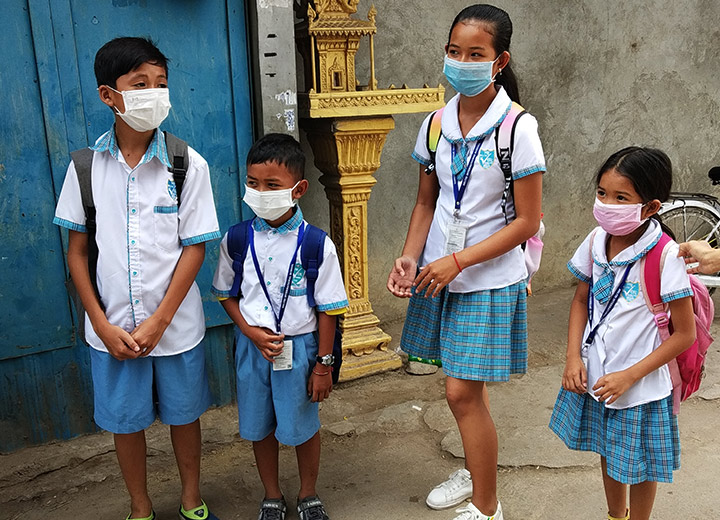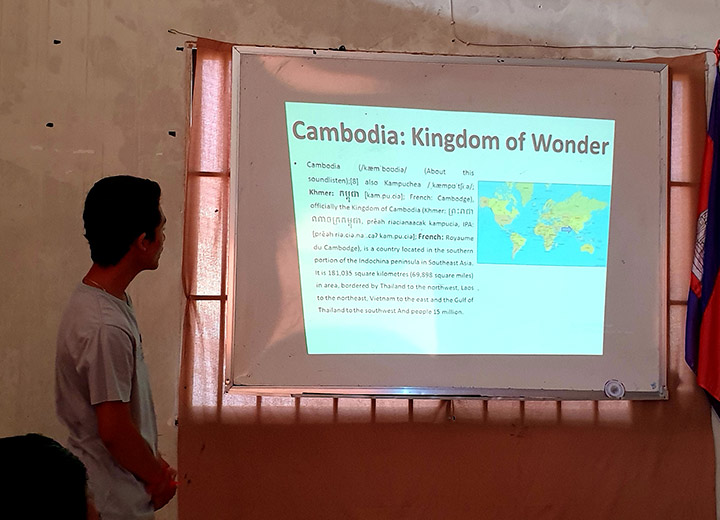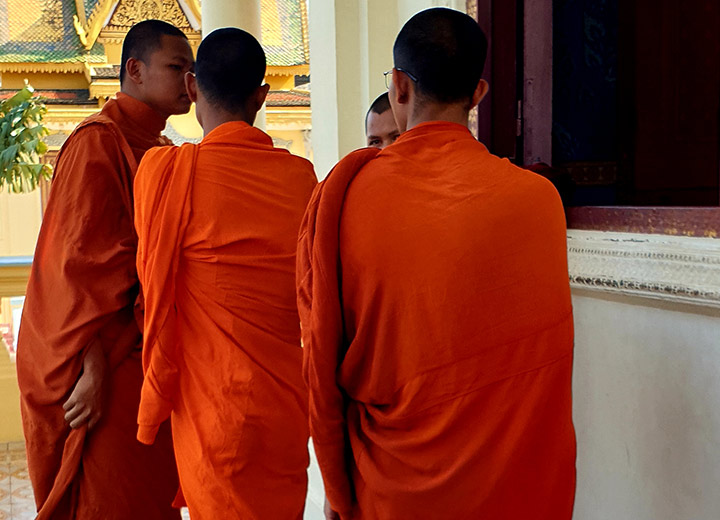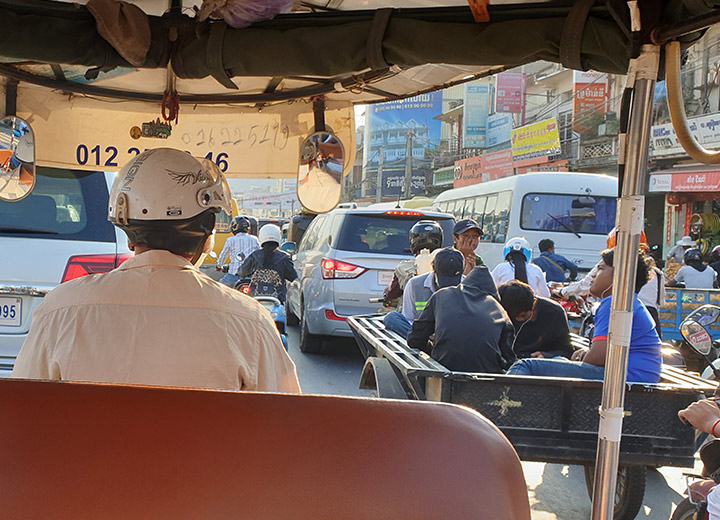About Cambodia
Cambodia Quick Facts
• Cambodia is one of the poorest countries in the world.
• One third of the people live in crushing poverty.
• Almost half the population is made up of children.
• The average salary is less than $1 a day.
• An estimated 180.000 Cambodians have HIV/AIDS - one of the highest per capita in the world.
- Many of those are children, infected through being forced to work in the Sex Trade.
- 85% of people live in rural areas.
- UNICEF has designated Cambodia the third most land mined country in the world, and an estimated 15.000 to 20.000 people die of landmines every year.
- Only 36% of Cambodians have access to safe clean water.
- 50% of children do not attend secondary school.
- It is estimated that approximately 2,5 million people died during the Khmer Rouge reign between 1975 and 1979.
- Cambodia has one of the highest deforestation rates in the world. Between 1990 and 2005 the country lost 25,000 square kilometers of forest.


- Human trafficking is rife in Cambodia mostly for the sex trade. This includes girls of eleven and younger.
- In the last years. the Economy has seen significant progress, key in which have been Garment export and tourism, sustaining an average growth rate of 8% between 1998 and 2018 which makes it one of the fastest growing economies in the world according to the World Bank.
- However, as 2020 arrived, bringing with it the global COVID-19 pandemic, there has been a significant impact on Cambodia’s situation and there are signals that things could take a turn for the worse on a large scale.
Dig deeper
One could write an introductory chapter about Cambodia that was based on quoted info, and fact sheets about poverty which you will easily find just by a simple online search.
One could list many of the facts relevant to why an NGO such as Helping Hand would be operating in Phnom Penh, Cambodia, and it would give the reader, in case previously unknown to the Kingdom of Wonder – some sense about this special place – and its people.
Most foreigners, who have heard about Cambodia, relate it to either the magnificent Kingdom of Angkor, its paradise-like islands, or the horrors of Khmer Rouge.
The numbers of tourists that have ventured into Cambodia increasingly in the past decade, have had a significant impact not only on recovery of the economy, but also on the ever-increasing spirit and positivity of the Khmer when looking towards the future.
While the above most likely are key factors in defining the situation Cambodia of today, they only scratch the surface.















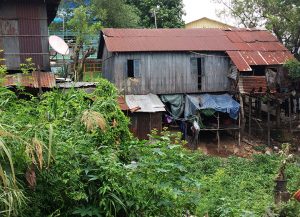









Defining moments
A key to understanding the situation in Cambodia today, is in knowing the region’s past. Cambodia was a part of the French Indochina from 1887 until its independence in 1953. Quickly thereafter, as the situation of Vietnam War escalated, Cambodia became involved due to its proximity, leading eventually to widespread bombings, and eventually to a situation in which Khmer Rouge was able to seize power.
Khmer Rouge held power between 1975 and 1979, dragging the previously prosperous Jewel of South East Asia to the gutters. Education, the monetary system, culture and religion among others were banned. There are various estimates, but the most commonly used one is that about one third of the population of Cambodia found their perish during these four years. (2 to 2.5 million people).
As the Khmer Rouge was finally overthrown in 1979, the country and its survivors found themselves in an absolute disarray. Family members gone, education gone, the basic fundamentals of a society, gone.


Fast forward to 2015.
After years of mainly depending on foreign aid, Cambodia had bit by bit rebuilt itself from the situation in which it found itself in 1979.
Tourism was booming. Family tourism had found its way to Cambodia, a country that since the nineties had been dedicated to the adventurous few. Siem Reap, the home of Angkor Wat, had become a boomtown, with money flowing in from all sides of the world, with a large number of people now employed by tourism.
Garment factories were employing vast numbers of people, with poor conditions and low pay. Regardless, at this time, a large part of Cambodians were living under the poverty line.
However, progress, massive progress was visible and real. The Khmer spirit was soaring, and as evident as ever. To be able to rebuild from a scratch, is an achievement.
And there is something special about the Khmer, in that they have been able to.
Cambodian Urban Poor
An estimated 1 in 5 Cambodians live in informal settlements, or slums, and lack access to basic sanitary necessities or basic security.
The progress provided by the economic growth driven by the industries of tourism and garment exports is heavily contrasted by the real life situation.

2019
By now, a lot of livelihoods had become dependent on the economy which especially in larger cities had become heavily dependent on not only tourism, but even more importantly on the garment industry, with Cambodia having reached a position in the top 10 garment exporters in 2019.
However, 2020 put a break on a lot of the achievements of the past two decades, as the livelihoods that had been built up, directly were put under pressure due to the COVID-19 pandemic - as well as other external factors, resulting in an increasingly fragile situation, once again for the country and its people as a whole.
2021 in Cambodia
The kids in the community in which Helping Hand operates, have never given up on hope, and dreams of a better life. This is the Khmer spirit.
If most of us had to go through one day of their life, I am not sure if we could.
They can. They can, because they know there is something more beyond all this direness. They know they can become doctors, architects, nurses, and anything they dream of. Because they still have not lost the spark - as this is the Khmer spirit.
And the kids in the community in which Helping Hand operates, sure can use all the help we can give them in reaching their goals.
